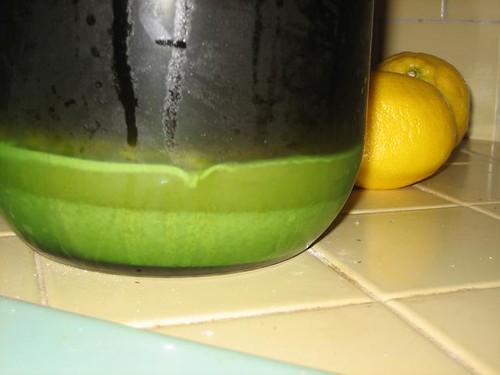i've had good success with washing ale yeast. during washing i get good seperation of the dead yeast and trub, then pour off the good yeast and allow to settle. the results havent been the same with lager yeast, however.
i've been brewing some hybrids recently using s-23 dry yeast fermenting in the low 60's. the beers have come out great. when i tried to wash, though, everything settled out extremely quick and the "cloudy" water that i poured off to settle overnight did not result in too much yeast as compared to ale yeasts. is this because the lager yeast is bottom fermenting, and even the viable yeast is dropping?
i went ahead and used the yeast anyway, even though it was not very much. i made 2 back to back starters to grow the yeast before pitching ( both starters took off like champs) and has been working well so far in the current batch. i havent taken i sample yet to check for any off flavors, esters, attenuation issues, etc. i did oxygenate with oxygen for 2 min prior to pitching.
here is a picture of the yeast cake poured off into a gallon jug after kegging the original batch. it all looks like pretty good yeast to me, i cant see any real trub line.
 [/IMG]
[/IMG]
what do you guys think? anyone else have washing experience with lager yeast?
i've been brewing some hybrids recently using s-23 dry yeast fermenting in the low 60's. the beers have come out great. when i tried to wash, though, everything settled out extremely quick and the "cloudy" water that i poured off to settle overnight did not result in too much yeast as compared to ale yeasts. is this because the lager yeast is bottom fermenting, and even the viable yeast is dropping?
i went ahead and used the yeast anyway, even though it was not very much. i made 2 back to back starters to grow the yeast before pitching ( both starters took off like champs) and has been working well so far in the current batch. i havent taken i sample yet to check for any off flavors, esters, attenuation issues, etc. i did oxygenate with oxygen for 2 min prior to pitching.
here is a picture of the yeast cake poured off into a gallon jug after kegging the original batch. it all looks like pretty good yeast to me, i cant see any real trub line.

what do you guys think? anyone else have washing experience with lager yeast?




